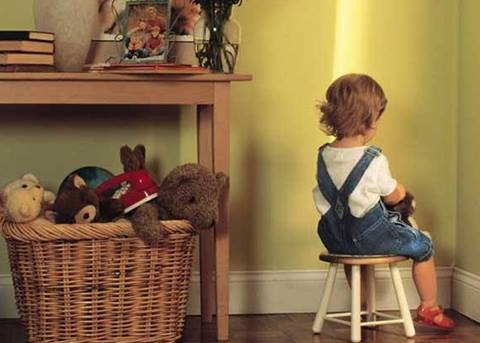What can you do to encourage art and writing skills at home ?
30/05/2016
-Ohana
-0 Bình luận
Creative activities help children to learn how to solve problems, come up with their own answers, discover the cause-and-effect of their actions, and feel confident about the choices they make. Art experiences help children develop independence within limits, and gives them the opportunity to represent their ideas on paper or in other formats. Most importantly, creative expression lets children tap into the magic of their own imaginations—which is what being a child is all about.
What Can You Do to Encourage Art and Writing Skills at home ?

Make art a regular part of playtime. Offer chunky, easy-to-grip crayons, thick pencils, and washable markers. Cut paper bags up to draw on. Sometimes it helps young children out if you tape the paper down on the table so it doesn’t move as they draw. As your child grows, you can include washable paints, child-safe scissors and glue. Let your child wear an old shirt of yours (with sleeves cut off) as a smock and lay newspaper or an old shower curtain over the table to keep it clean.
No need for instructions. Let your child experiment and explore. Creativity means having the power to express yourself in your own way. This independence is just what a growing toddler is looking for to feel confident, competent, and clever. By sitting nearby, observing and taking pleasure in your child’s creation, you are providing all the guidance he needs.
Notice the process, not just the product. As parents, we often tend to compliment children on their successes: What’s that a picture of? A house? That’s great! And sometimes we get hung up on the fact that trees should be green, not purple. Sometimes we quiz: What’s the name of that color? But children learn more when we don’t focus so much on what they are drawing, but on what they are thinking about their drawing. Take a few moments to observe your child’s work: Look at the lines you are making—there are so many of them! Or, That picture is really interesting. Those colors make me feel happy.
Experiment with a variety of art materials as your child nears 3. Let children paint with cotton balls, q-tips, sponges, string—you name it. Give your child crayons and rub over a textured surface (like a coin or a screen).
Use art to help your child express strong feelings. Is your child having a tantrum? Set out the markers and paper and suggest she make a very, very angry picture. Creative activities can sometimes help children express and make sense of feelings that are too intense for them to share in words.
Encourage your child’s attempts to write. If your child scribbles something and then tells you what he “wrote,” take it seriously. This is how children learn that words are powerful and have meaning.
Display your child’s art and writing. This is how your child knows her work is valued and important.











